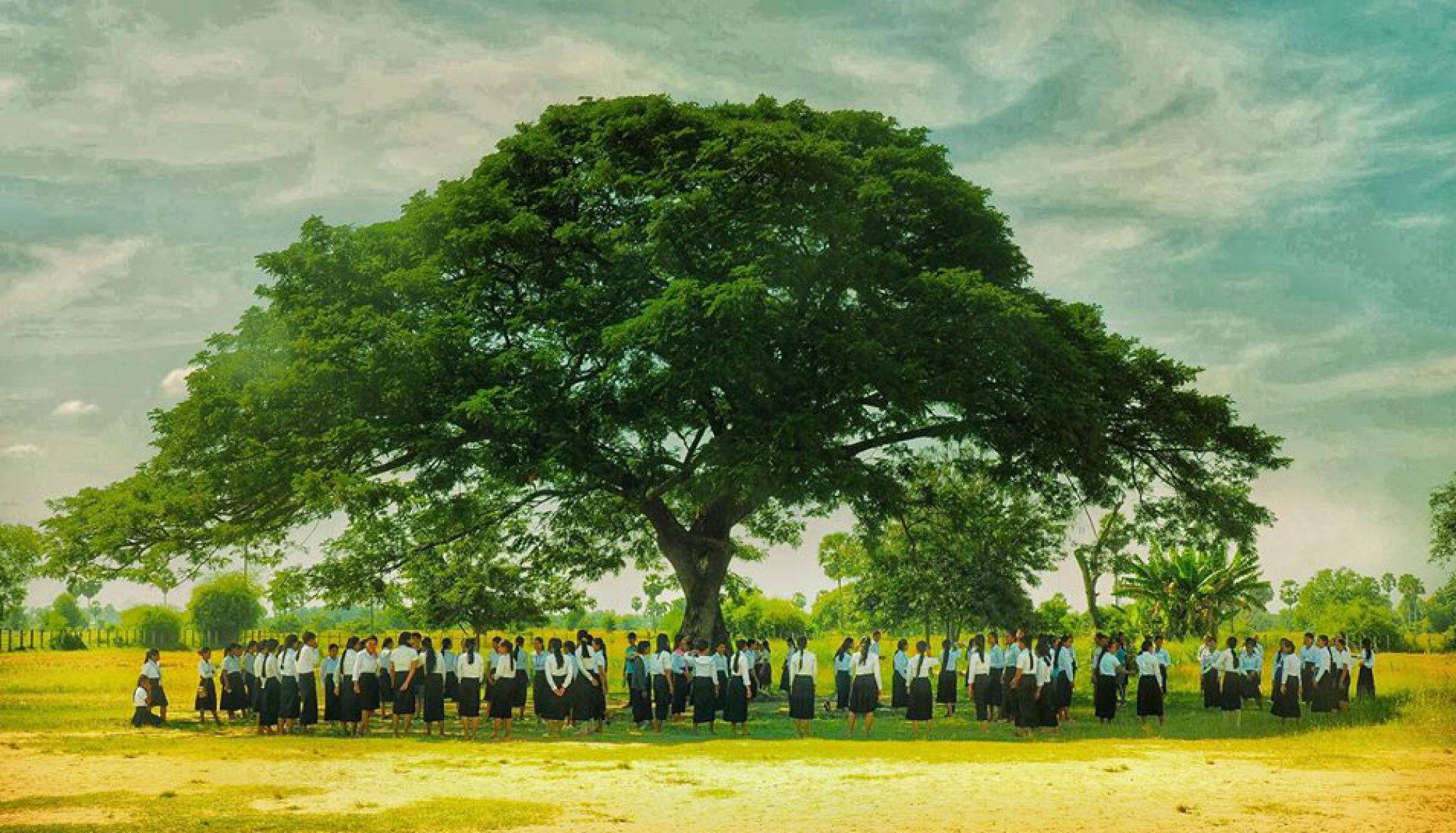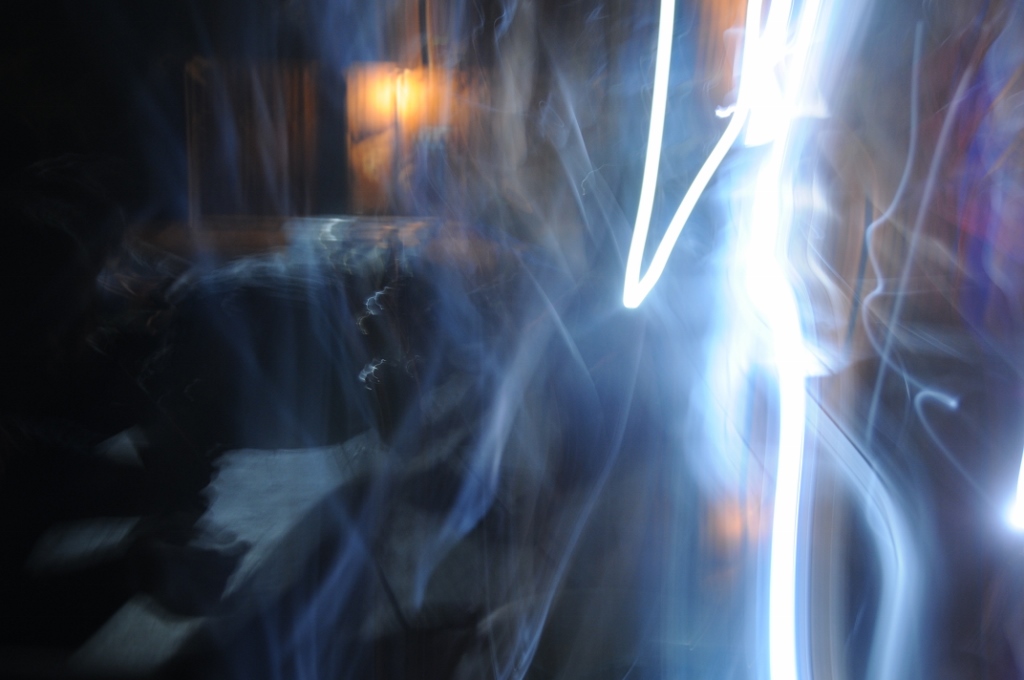Elephants
Introduction
The elephant is the largest land animal in the world.In the past they went to wars and helped the warrior to fight with the enemy .The elephants are strong and big but they are gentle.The elephant are herbivores. The elephant are important for the environment and ecosystem.
History
In the past every king had to find at least one white elephant to improve his power . The of khmer empire the king use the elephant as their army and when their the big fight the elephant will go to fight with.For the normal fight the only one elephant will go with the commander.In the mid 11 century, king soriyak varman 2 buiding the angkor wat he use the elephant to pull the stone from kulen mountian and it easy for working with the elephant. In 12 century, king jayavarman 7 use it to build bayon he use it following king soriyak varman 2.
Ecosystem
The elephants are the key stone species. They help keep the biodiversity They were helping ecosystem by eating plants. They create gap in vegetation, They also allow plants to grow.They use their dung to spread seeds.They create pathway for other animal to travel or pass. They fertilizes the seeds giving new plants to grow. Some place the plant were die like savannah. If savannah doesn’t have elephant the plant die ,because no one eating big trees to control that from grow tall. Tree will block the sunlight that sending the photosynthesis to plant and the plant die.The antelope & grazer will disappear.The carnivores depend on the Antelope & grazers for food.If the antelope & grazer disappear they will very hungry and die. In the dry season the water is deep under the ground.The elephant use their tusks to dig a water hole for them and another animal to drink.The people did three thing to make the elephant away from their family. They loging the elephant in the circus or zoo.They farming (To farm it use a lot space they cut the forest to farm). They kill the elephant to get tusk for carving a sculpture.
General information
The elephants are the largest land animal in the world .They have two main groups, the african elephant and the asian elephant. The african elephant live in savannah and forest.All the elephant are herbivores they eat grasses, bark, twigs ,leaves ,fruit ,branch , large tree. They spend 18 hour a day to eat. The adult elephant eat 181.4 kg food a day. They drink 113.5-189.2 litres water a day.The trunk and tusks is use to communicating and pick up thing to eat. The female elephant pregnant for 2 years the baby that born can weigh up to 110 kilogram .
Life behaviour
The elephant lives in big herd with all age of the female elephant and young males. The female elephants live in the herd for their whole life , but the male elephant when it between 12 & 17 years old they will leave herd to live alone or in a small herd. The oldest female is called matriarch she is the leader of the elephant herd. She is the only female in the herd that have many experience, she know the geography around the herd and the ways to teach another female , that female will give her knowledge to young male elephant. She kept all the elephant safely together and protect them from getting hunger. She is the one who make all of the important decisions when they met the enemy she tell them when to charge and when to flee in the middle of endanger. She also teaches the female how to take care of their young. The elephant remember their relative forever if they alife. When the elephant is born they alway turn into a circle, flapping their ears and trumpet loudly for the birth. The female elephant has a really strong relationship that why all the elephant alway cellarbrate the birth. They turned injured calf. They kiss or wrap their trunks to show affection. They doesn’t have toy to play but they play game by throwing an object. When they die their relatives bury leaves twigs a year after death their member visit the bones+bmouth.
Physical feature
Trunk:
The trunk is the nose and the upper lip. It help to smell,eat,scratch, greet friend and threaten the enemy. Some time they use it to move or throw something and use it to shower or breathing when they swimming. The truck is 40,000 muscles but no bone and it talk and show feeling by that.
Mouth
The elephant back teeth is the size of the bricks. If you saw the elephant you will said that it has no teeth but if the elephant open their mouth you will see it.
Tusks:
The tusks are the overgrown teeth. another way they use it to carry and pull bark of the tree clear pathways dig the for the roots, water. They also use it to fight against the enemies and to impress the other animal. It can growth to 3 metre long.
Ears:
They fan the ears to cool down.The huge ears can hear far away,shoo the insect from biting the skin. They could show their feeling by that huge ear too!. It make them look bigger when they facing their enemies.
Skin:
The skin getting the sun burnt everyday and it suffer for insect to bites to protect their skin they rolling in the mud and make a dust shower.The water trapped in wrinkles to cool down.
Feet
Their feet have thick padding. The padding softens elephants heavy tread.
Comparing species
African elephants
This elephant is 3.04m tall for both male and female.The male weight up to 5981 kg. The ears cover shoulders. The flat back with a dip in the middle.They have long tusks on both males & females.The skin is more wrinkled and brownish – grey.The flat crown of head with on dent in the middle.
Asian elephants
This elephant can be 2.4m-3.04m tall.The male can weigh up to 4989 kg. The large ear don’t reach shoulders.They have rounded back. It is shorter Tusks only found on some male.The skin is less wrinkled grey – brown, with pink dot.
The crown of head has a dome shape with dent in the middle.



